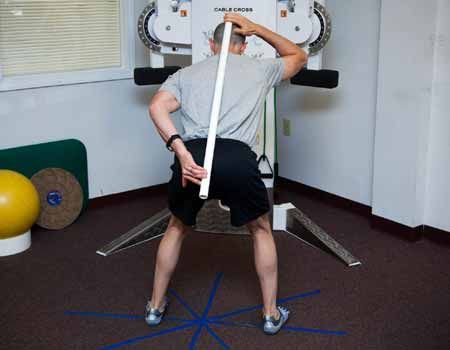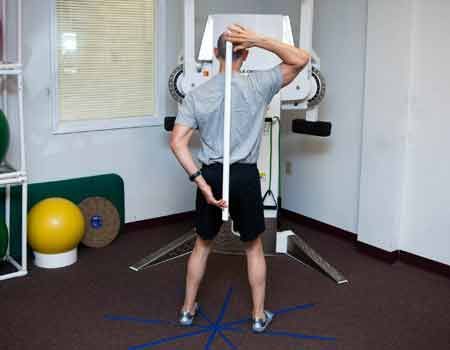Why do we do what we do?
When I entered EMS, I was taught how to lift, move, and transfer patients in all sorts of strange positions and locations.
I was taught how to pick up a stretcher, spine board, and litter, and I was taught how to “operate” in the back of the truck.
Fast forward more than a decade and I have come to realize we do a lot of things based on nothing more than tradition.
The “it’s the way we have always done it” argument no longer holds water. When I was in Paramedic school, 12-leads had just hit the street and everyone said that they would never last; now they are standard of care.
I was taught that, to transfer a patient from bed to stretcher, at least one rescuer needs to be on their knees in the bed to “assist” with the transfer. You don’t really think that you’re helping to safely and effectively move that patient do you?
As EMTs and firefighters, we have a mentality that says to get it done and get it done fast. Sadly this mentality is causing many of the totally preventable injuries that occur happen to medics every day. As professionals, you must take a step back and ask yourself if there is a better way.
There is! First and foremost is learning to always make three key adjustments prior to any physical exertion:
1) Always brace your abs prior to any exertion. This muscular brace serves to stiffen the spine and give it some protection from strain, especially when in poor positions. I have written a few articles on these techniques here at FireRescue1.
2) Always hinge your hips. The best position to move from is with a hip hinge, where you are using your hips and glutes to generate force and not your back. Imagine if a football lineman stood with his knees locked and body relaxed at the start of a play -- he would get knocked on his butt. The same holds true for public safety: never lift, pull or push without first sinking your hips and bracing your abs.
3) Head up and shoulders back. When your head is up and your shoulders back prior to exertion, your body immediately is in a better position to gain muscular traction and stability. Always look your partner in the eye as you lift, and keep your shoulders back to utilize all the big muscles in the torso.
On top of those three simple, but key, adjustment there is one more thing to learn.
Always ask yourself “Where is the stick?” By this I mean always attempting to find neutral spine.
Neutral spine has been well covered in my columns on FireRescue1, but its importance cannot be overstated. Neutral spine applies to all activities: sitting, standing, walking, patient care, house work etc. When getting ready to do anything physical that could cause injury, you ask yourself “where is the stick?”
|
|
Are my abs braced? Are my hips hinged? Is my head up and are my shoulders back? While that seems like a lot to do for a simply movement, this is actually very quick and simple. A good phrase to remember is “When in doubt push out!” Push your abs out, push your tush out, pull your head up and shoulders back. After you’ve done all those, now lift.
|
|
The same rules apply to patient transfer. Always attempt to reposition your stretcher, the patient or whatever possible so that both you and your partner can get in a ready position.
In nursing homes BOTH of you need to be at the side of the cot pulling the patient in a safe and coordinated fashion onto the stretcher.
At hospitals BOTH of you can be on the same side of the cot pulling the patient over. Those beds and cots are adjustable, so make sure that you can hinge your hips over the cot or bed to transfer the patient.
The same holds true for spine board transfers. As I teach in my injury prevention program, there is nothing wrong with a staggered lift or transfer. There is no rule in the book that says patients need to be moved all at once and with such rapid force and speed that they get a lateral whiplash.
Bottom line: think before you move. When in doubt push out. Hinge your hips, and hold your head up and shoulders back. The next time you find yourself climbing into a patient’s bed or struggling to get the stretcher in the truck, ask yourself if there is a better way to do it. There probably is.














